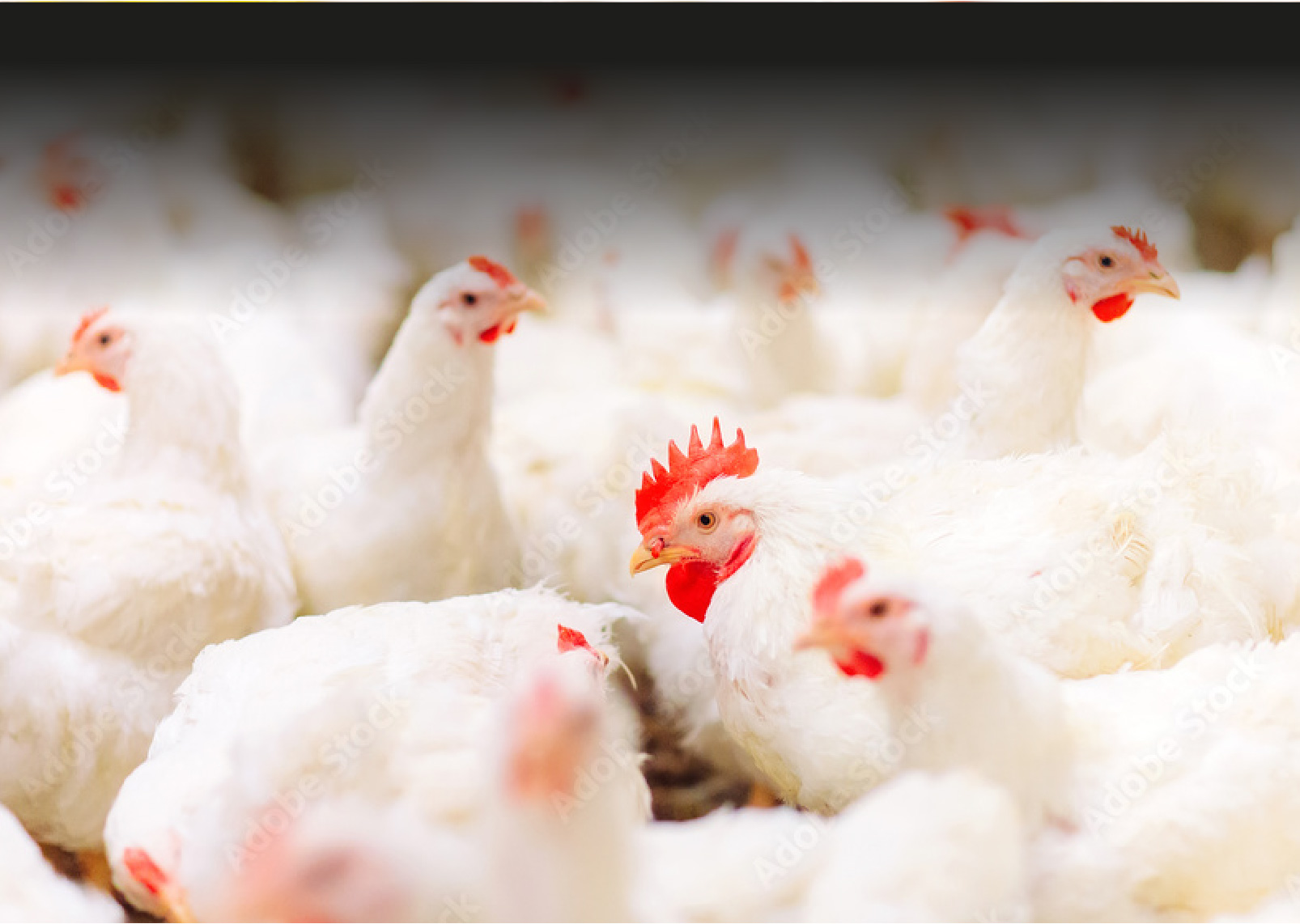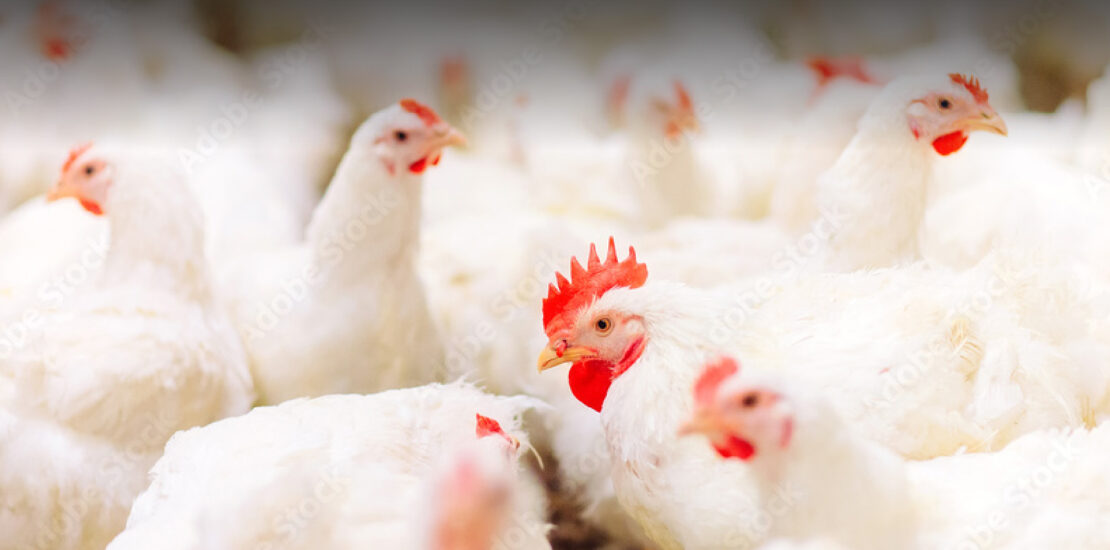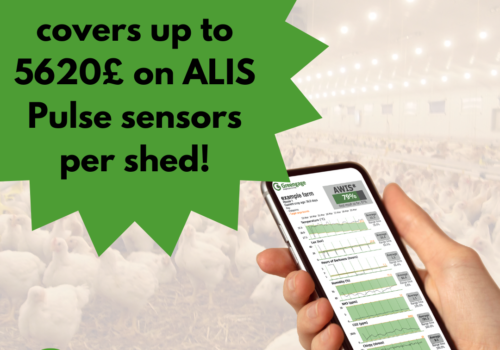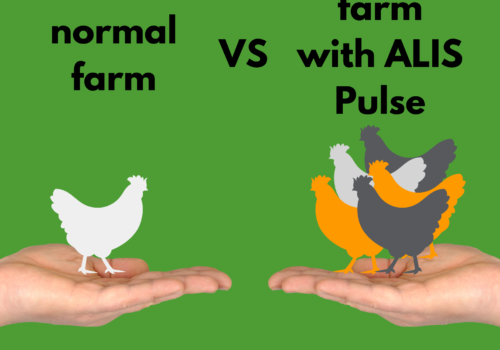Greengages COO, Tim Hodgetts has been considering the present and future welfare challenges for the poultry industry and looking at how technology can help in this area.
Present and future challenges for the poultry industry.
Tim Hodgetts – Chief Commercial Officer Greengage Agritech Ltd.
No farmer wants to lose any animal, their stock is important to their business and the ethics of being in Farming. This is as true for the poultry industry as any other farming industry. Farmers take great pride in the role they play in feeding the population, looking after, and preserving the land, and a love of animals is at the heart of this. However, more so than ever the focus of the media and consumers is on what farming is doing wrong.
Criticism
Due to the nature of the systems used in poultry production, the poultry industry has come under particular criticism and again and again, we read reports and articles on the poultry industry from various sections of society and persons associated with the total spectrum of the farming and food production industry. Depending upon their bias, there will be a sensational headline or two promoting their side of the debate. Most recently we have seen that KFC are facing a back lash against an apparently “misleading” portrayal of UK poultry farming and the conditions under which the poultry they buy are kept. With more companies entering the UK fast food market such as the American-based Slim Chickens and the Philippines giant Jollibee who have already established several bases around the country, there will be continued spotlight on chicken, as it remains a favourable protein food for all generations and sectors of society. This bodes well for the industry but will lead to continued pressure to ensure that the supply chain conforms to the highest “affordable” (for the consumer) levels of welfare.
Consistency of supply
One of the major challenges for the poultry industry is to deliver consistency of supply, quality, and performance. The poultry industry deals with biological organisms which by nature are unpredictable and inconsistent. There are a huge number of variables that can affect not only the final product but perhaps more importantly the health and welfare of the birds as they grow, and indeed how the process of getting a product to consumers is run. Diseases, mother nature, environment, commodity prices, transportation, the weather, force majeure and many more variables affect how the hi-light of your Sunday roast or your go to fast food meal, is produced and gets from farm to fork.
To have a successful production system in place you need to navigate and fix as many variables as possible. You need to reduce the inconsistencies by being methodical and clinical in your daily approach to managing the process of farm to fork.
On the poultry farm itself attention to detail and keeping it simple are good principles to adopt to ensure that good husbandry is adhered to.
The recent article regarding KFC and poultry welfare is not new, it has just been portrayed and directed at another section of the poultry / food producing industry.
In our self-regulating industry there are many (alternative) rules and regulations to adhere to in terms of perceived welfare and food standards. This is no bad thing and indeed is essential, but perhaps a more robust and sensible approach needs to be debated before we end up pushing another sector of the UK economy to manufacturers abroad.
The UK poultry industry has been very successful in reacting to the demands of the market for cost effective, high-welfare protein production. It remains an ever-present challenge for the industry to balance the demands of agriculture against the ever-changing spectrum of consumer requirements and needs.
The vocalisation of the vegan movement or the “anti-meat” lobbies has made a huge noise against a deafening silence from the poultry industry.
Every level of social interaction has been targeted by these groups who have been very successful in creating new markets for “meat free” or “plant based” products.
The poultry industry needs to get better at standing up for itself. The industry is under greater scrutiny than at any time in its history, but perhaps more than most poultry breeding companies and farmers have made great strides in improving the health, welfare and sustainability of the industry while maintaining the demand for a low cost readily available protein source. Breeding companies have been dynamic and experimental in their approach to the demands of the market and have given poultry farmers the DNA on which to build an industry that is both robust and sustainable. While investment in technology has enabled the poultry industry to continuously evolve against ever tightening rules and regulations which inevitably increase the cost of production.
Welfare and Sustainability
The demands upon the industry in the next few years seem set to focus on Welfare and Sustainability.
There are a number of challenges in the area of sustainability, for instance, the market wants a slower growing bird and reduced stocking densities (for welfare purposes), but can this be done sustainably. If we have slower growing birds and reduced stocking densities, we need more sheds and farms, which requires more land, and at the moment planning authorities in the UK are opposing such developments.
Huge challenges for the industry and supply chain.
Welfare has been at the core of criticisms targeted at the poultry industry for several years now. The many articles, Bloggs and reports regarding poultry production more often than not centre on welfare, which is only right and proper. While in the past such criticism may have been well-founded, the improvement in poultry welfare in the last 20 years has been huge and continues. While we should always strive to do better, why has not more been said about how good the welfare of poultry currently is at the moment.
It is generally accepted that good welfare equates to favourable productivity and performance in farming. While a farmer may follow a set of predefined processes that have been tried and tested, a good farmer will react to the needs of the birds and act accordingly to ensure those needs are provided. Farming is about caring for animals and giving them what they need. If you don’t one way or another production will suffer.
A huge challenge to the poultry industry is the sheer scale of the houses and farms. There is no getting away from it, poultry farming is intensive but that doesn’t mean poor welfare. However, what is true is that the ability of a farmer to take care of some of the largest farms becomes more difficult as ever-increasing admin, documentation and other duties take away time from their ability to attend to their animals.
Technology
This is where technology can come to the aid of the farmer.
Technology cannot replace the experience and the judgement of a good stockman, nor should it, but it can help the farmer make better decisions for welfare, compliance, and productivity. RSPCA rules state that a farmer must check the stock a minimum of three times per day. The stockman will use their eyes, ears, smell, taste, and touch to review the birds. Many poultry houses are fully automatic, some are semi-automatic, and others are manual. All houses are operated by the farmer and environment adjusted by the farmer depending upon what their senses inform them.
But what if there was a system that could be your eyes and ears in the shed when you are unable to? Imagine a system that could carry out these same checks every 15 minutes, and alert the farmer if a parameter falls outside a predefined min/max. What if these sensors were all connected with real-time additional data on feed, water intake, bird weight, coefficient of variation, hock score, podo score to produce an Animal Welfare Index score?
The farmer, the farm owner, the processing plant, the retailer, and the consumer could all have real-time day old to death data pertaining to the welfare and compliance of their birds.
Greengage has the technology to do this is available today.
When consumers ask if the chicken, they are consuming, was produced to the highest welfare and were the birds happy………By using Greengage technology it is possible to measure, qualify and answer these questions.
Trials over the last 3 years have concluded that “happy chickens are more productive chickens”, we can hear it, smell it, taste it, feel it, and see it, and now with the help of technology we can do this, 24 hours per day, 7 days per week, 365 days per years.
Contact Greengage for more information on how you can measure welfare for better chicken production.





